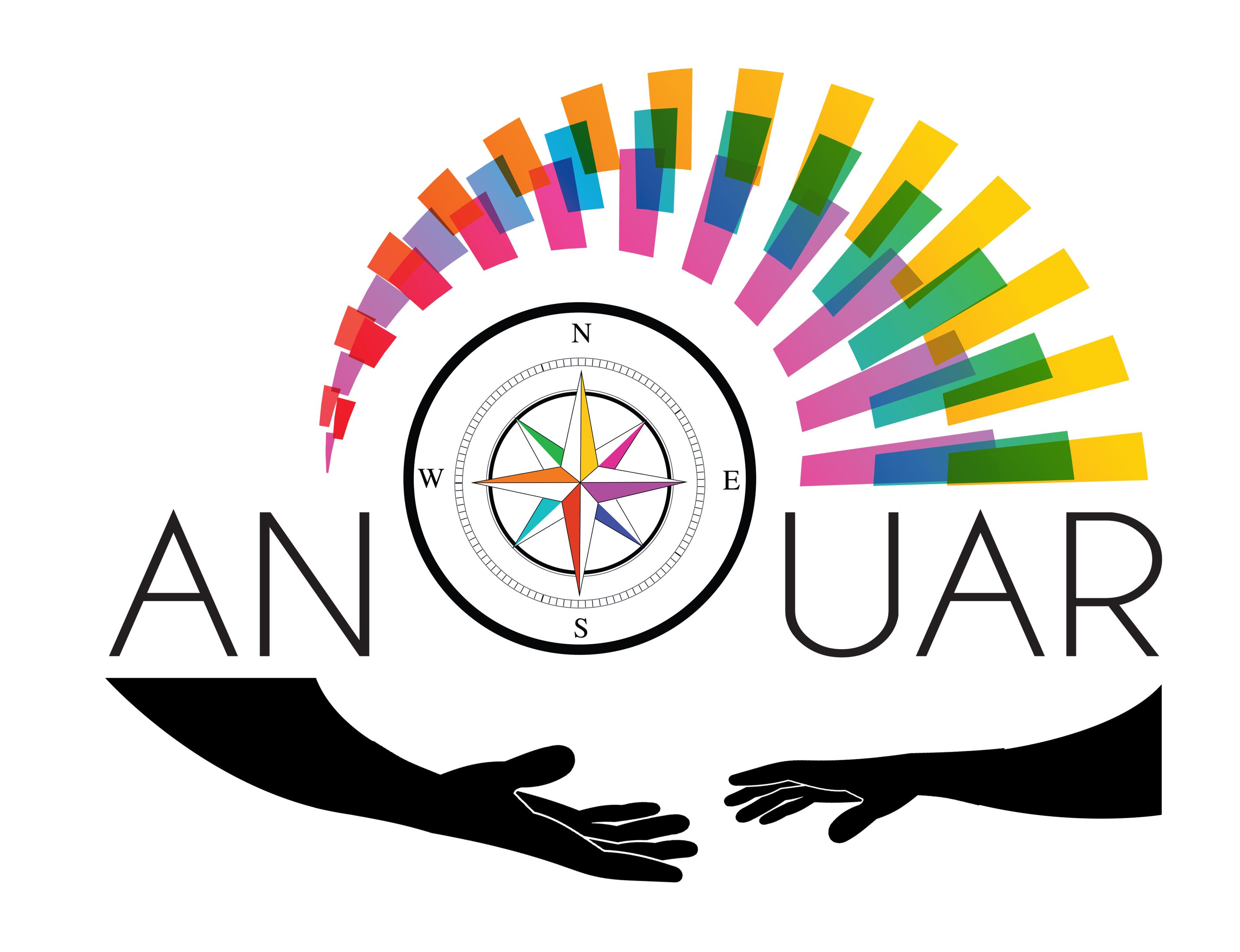According to the World Bank in its biennial report on Poverty and Shared Prosperity ‘Completing the Poverty Puzzle’, the poverty line is set at $ 3.20 per day in lower middle income countries, and $ 5.50 per day in upper middle income countries. As for the status of extreme poverty, it applies to those who live on less than $ 1.90 (5 and a half dinars) per person per day.
In its report for the year 2019 entitled “Accelerating Poverty Reduction in Africa” the World Bank published the rates of poverty in the world, its causes as well as its definition.
According to the World Bank, eradicating extreme poverty remains a huge challenge despite the relative and uneven decline in its rates by category and region in a significant number of countries around the world. According to data from the World Bank (Observatory of Inequalities, 2015 data), more than 1.9 billion people, or 26.2% of the world population, live on less than $ 3.20 per person per day and approximately 46% of the world’s population live on less than $ 5.50 per person per day.
Based on data collected from the INS in 2015 and by comparing the files from different countries, Tunisia is one of the poorest countries in the North Africa and Middle East (MENA) zone.
According to the World Bank, Tunisia has a sad rate of 15.2% of citizens below the poverty line among its total population compared to the 3% accepted as the global poverty line.
A research unit specializing in development economics of the Higher Institute of Economic and Commercial Sciences of Tunis carried out a study last year to draw up a multidimensional map of poverty in Tunisia and measure the extent of the impact of the phenomenon. , at the level of different entities on the basis of a statistical approach taking into account all the variables linked to human development indicators.
Data from this study showed that the number of Tunisians living below the poverty line is estimated at nearly two million, particularly in the northwest, central and southwest governorates. The number of families whose members earn less than 1,450 dinars per year per person is approximately 412,000 families.
The poverty map drawn up by the study also underlines that the center-west is the most affected region with a poverty rate exceeding 45%, in most delegations, in particular those of the governorates of Kasserine and Sidi bouzid, like Hassi Al-Farid, Jelma, Requab, Bir el-Hfay, Majil bel Abbas, Hidra, Al-Mazouna and Souk jedid.
The study concluded that weak public investment in health, education and other social programs leads, to a large extent, to a steady and rapid increase in the poor, especially since the solutions proposed to address the scourge of poverty in Tunisia are inadequate and cannot resolve the root causes such as the inequality of opportunities or the unfair distribution of accumulated wealth and growth.
The current context requires from the competent authorities more vigilance and lucidity for prevention and dynamic intervention in the social field. This puts the classic mechanisms of social intervention to the test, now called upon to acquire an efficient organization and operational adaptability. It would be essential to strengthen social watch mechanisms in order to anticipate the difficulties of the social situation which has become visibly alarming in various regions of the country.




